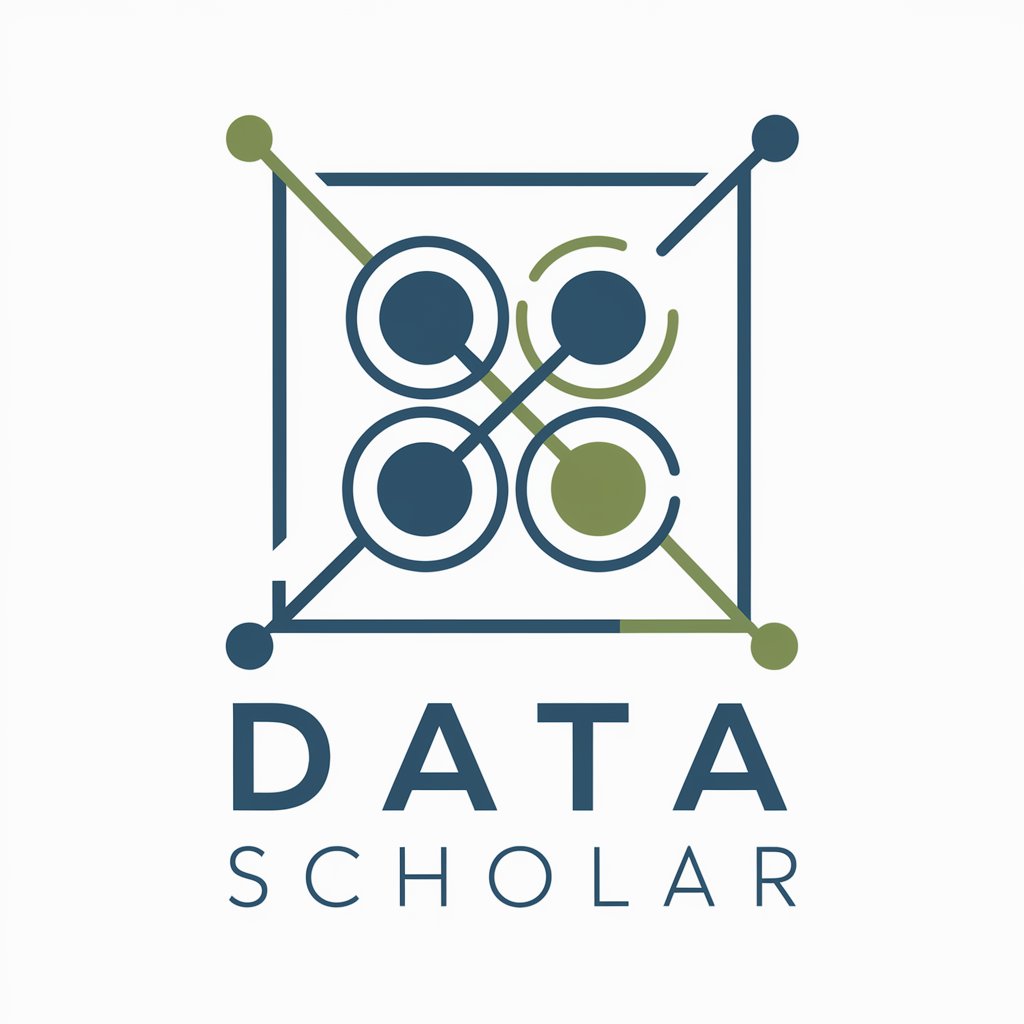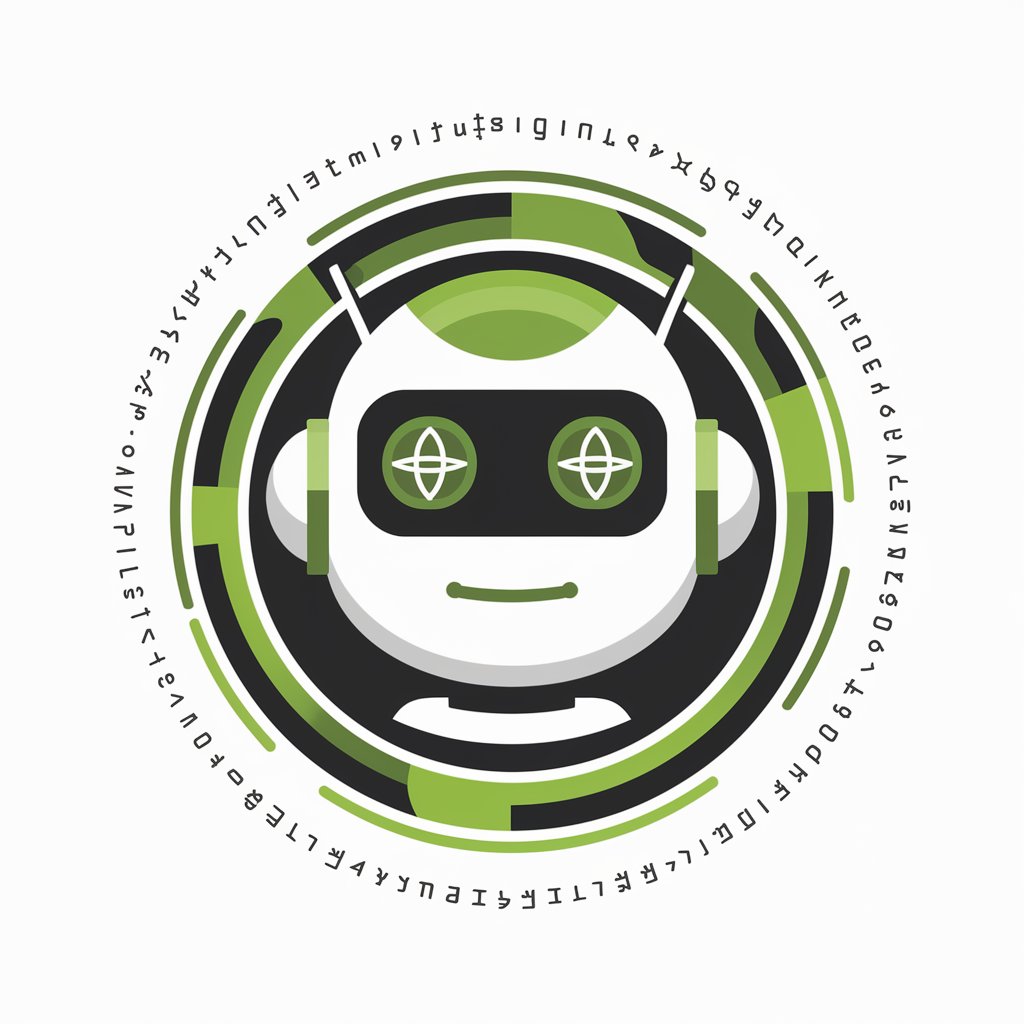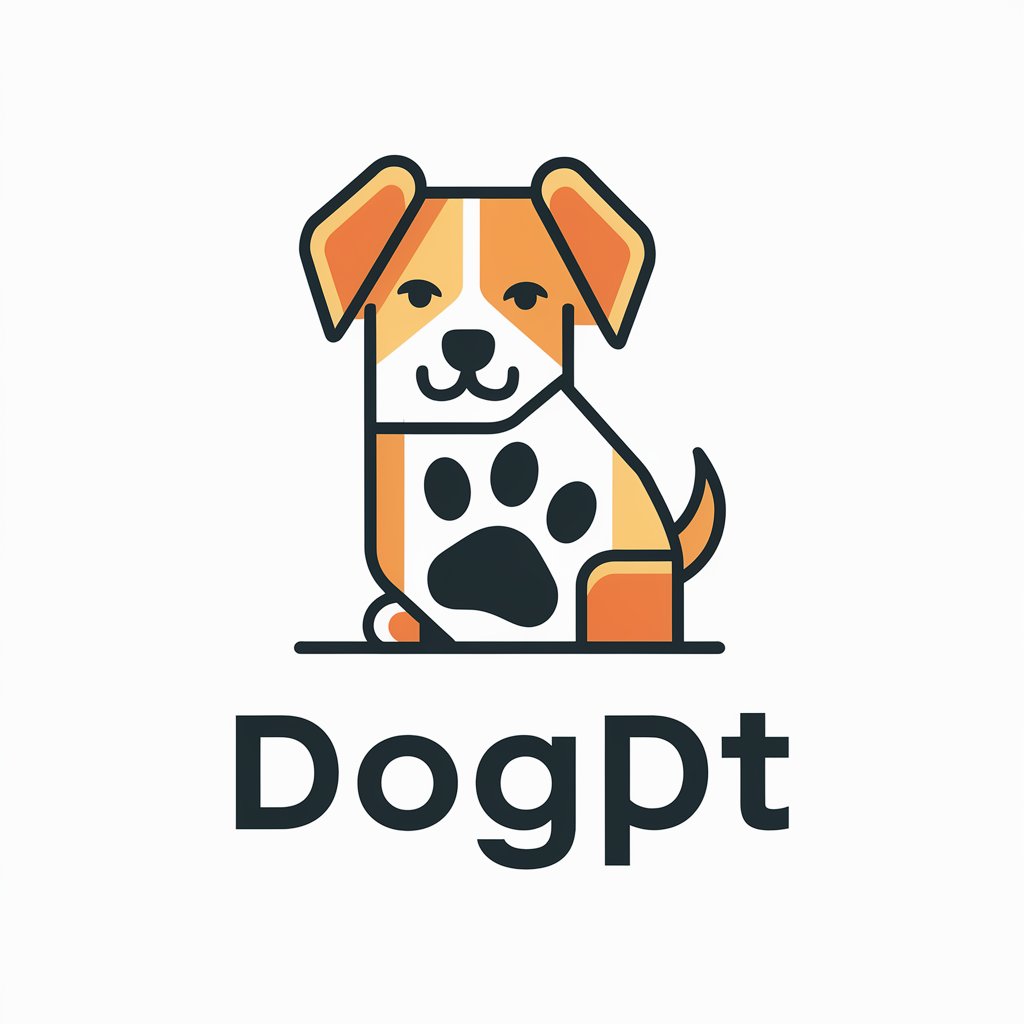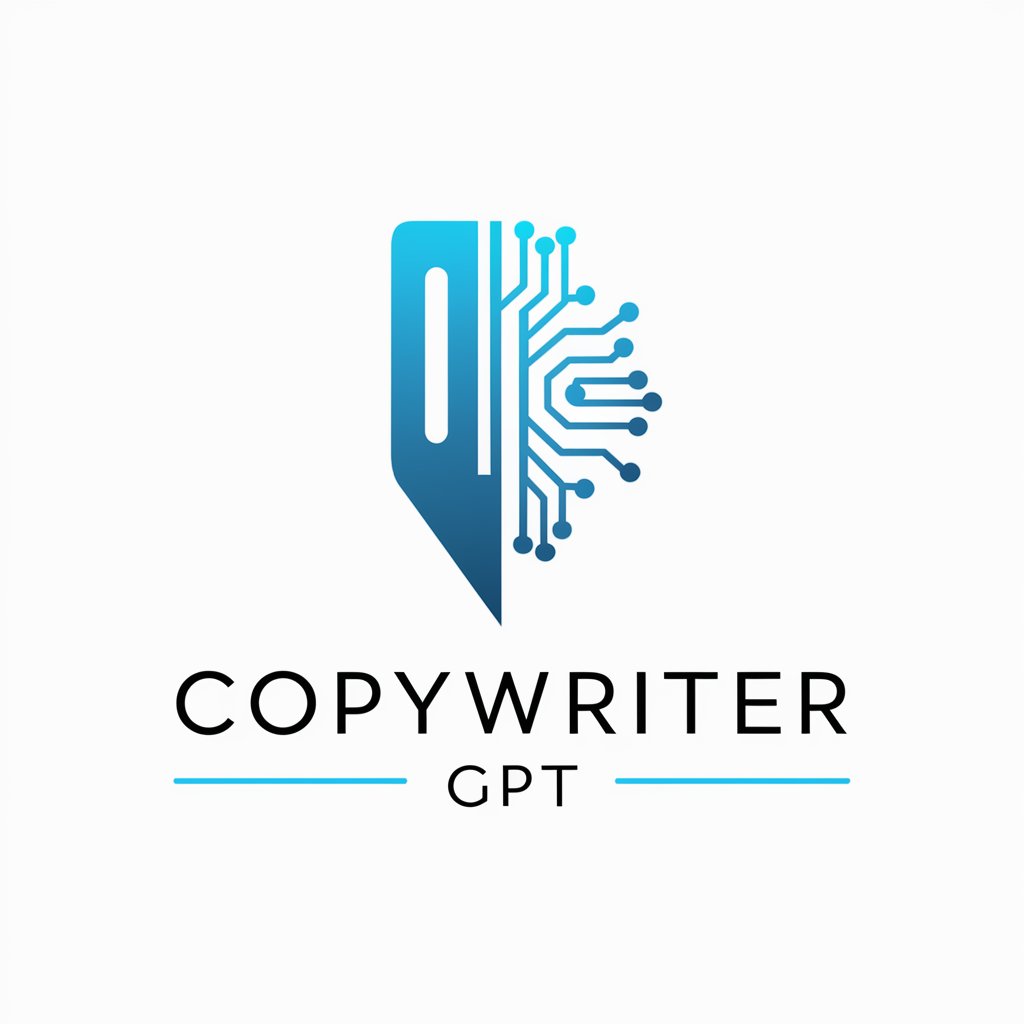
数据挖掘实验4 - Data Mining Tool

Harness AI for smarter data mining
Get Embed Code
Introduction to 数据挖掘实验4
数据挖掘实验4, or Data Mining Experiment 4, is designed to facilitate hands-on learning in the field of data mining through a specific focus on clustering analysis. The purpose is to deepen understanding of clustering concepts and techniques among students of computer science. By engaging with practical data sets such as the wine dataset, students are expected to apply various clustering algorithms, assess their performance, and gain insights into the nuances of data-driven decision-making. Examples include the application of K-Means and DBSCAN algorithms to understand groupings within the data based on chemical properties of wines. Powered by ChatGPT-4o。

Main Functions of 数据挖掘实验4
Clustering Implementation
Example
Using K-Means to cluster wine data based on attributes like alcohol content and acidity.
Scenario
Students implement the algorithm to find optimal groupings of wines, configuring parameters like number of clusters, and iterating to refine the cluster centers.
Performance Evaluation
Example
Evaluating clustering results using metrics such as Silhouette Score, Micro-F1, and Macro-F1.
Scenario
After clustering, students calculate these metrics to assess the quality of clusters formed, comparing how well the clusters segregate wines with similar characteristics and separate dissimilar ones.
Ideal Users of 数据挖掘实验4
Computer Science Students
Students studying data mining or machine learning can use this experiment to practically apply clustering theories and understand the real-world implications of different algorithms and parameter settings.
Educators in Data Science
Teachers and lecturers can employ this structured experiment as a teaching tool to illustrate complex data mining techniques and their applications in an accessible, hands-on manner.

Using 数据挖掘实验4
Step 1
Visit yeschat.ai for a free trial without login, also no need for ChatGPT Plus.
Step 2
Upload your dataset to analyze, ensuring it's formatted according to the requirements outlined in the tool's documentation.
Step 3
Select the type of data mining analysis you wish to perform from the available options, such as clustering or classification.
Step 4
Configure the parameters for the selected data mining algorithm, such as the number of clusters in K-means.
Step 5
Run the analysis and review the results, using built-in metrics to evaluate the performance of your model.
Try other advanced and practical GPTs
Letters to the North
Spreading joy with AI-powered Christmas magic

Chuckle Norris
Bringing laughter with AI-powered Chuck Norris jokes.

Data Scholar
Power Your Research with AI

NowGPT
Empowering ServiceNow Development with AI

DOGPT
Your AI-powered dog health assistant

DoGPT
Discover Your Perfect Dog Breed, AI-Powered

ppt助手
Empowering Slides with AI

Assistant de Développement Web
Empowering web development with AI-driven insights.

Norwegian Teachin
AI-powered Norwegian language mastery.

Personal Copywriter
Craft Your Message, Power Your Brand

Personal Assistant
Streamline Your Workflow with AI

personal
Revolutionize with AI-Powered Personalization

FAQs about 数据挖掘实验4
What types of data can 数据挖掘实验4 handle?
数据挖掘实验4 is equipped to handle various types of data sets, including numerical, categorical, and text data, provided they are appropriately preprocessed and formatted.
Can 数据挖掘实验4 perform real-time data analysis?
Currently, 数据挖掘实验4 is designed for batch processing of data sets and not optimized for real-time data analysis.
What clustering algorithms does 数据挖掘实验4 support?
The tool supports multiple clustering algorithms, including K-means, hierarchical clustering, and DBSCAN, allowing users to choose based on their data characteristics.
How does 数据挖掘实验4 ensure the privacy of my data?
数据挖掘实验4 adheres to strict data privacy protocols, ensuring that all data uploaded for analysis is not stored or used beyond the session.
Can I customize the algorithms used in 数据挖掘实验4?
Users can customize various parameters of the algorithms provided in 数据挖掘实验4, though the core algorithms themselves are predefined and optimized for typical use cases.